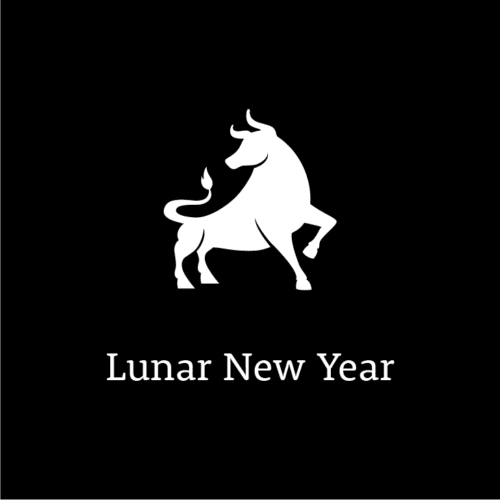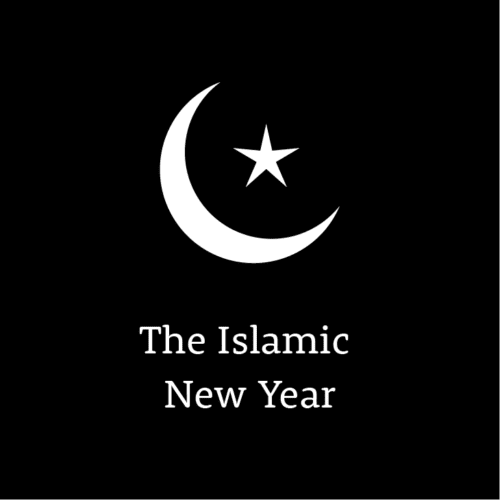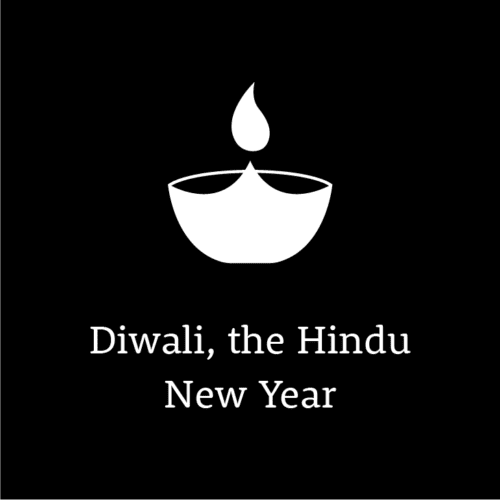As we enter 2025, what should we actually expect? Drake Spaeth, Psy.D., offers insight into the traditions surrounding new beginnings.
Resolutions usually fall into the benign. According to YouGov, some of the most common resolutions are resolving to exercise more (50%), saving more money (49%), eating more healthily (43%), losing weight (37%), and reducing stress (34%). It’s a time where many people have big dreams and hopes for the new year.
But the natural world doesn’t follow the concept of time: “Time is a human construct that helps us organize how we will achieve (or not) our potential to live fully and deliver our soul’s gifts to the world,” says Drake Spaeth, Psy.D., Existential-Humanistic Psychology Specialization coordinator in the Department of Humanistic and Clinical Psychology at Saybrook University. “Death stops that imaginary clock, so maybe it is actually our lives and deaths to which we are endeavoring to attach meaning—not time. The idea of a new year and repeating cycles is comforting in the sense that it brings opportunities to correct or atone for missteps in a prior year or cycle.”
People see the new year as a chance for a refreshed beginning, a new start. But really, it’s a matter of perspective. So, what is the psychology behind a resolution? Dr. Spaeth explores this question.

Seasons and beginnings
Different religions and cultures celebrate the new year at different times, depending on what calendar they follow.

January 1 on the Gregorian calendar

The first day falls on the new moon of the first lunar month, between January 21 and February 20

The Islamic New Year, also called the Hijri New Year: Begins on the first day of Muharram, the first and one of the sacred months in the Islamic calendar

Rosh Hashanah, the Jewish New Year: The first day of Tishrei on the Hebrew calendar, which falls between September 5 and October 5

Diwali, the Hindu New Year: Begins on the 15th day of Kartik, which falls in October or November
Different religions and cultures celebrate the new year at different times, depending on what calendar they follow.
For example, Dr. Spaeth describes one that is less well known.
“For many, October 31, Halloween, is also the old Celtic festival of Samhain, meaning ‘summer’s end,’” he says. “This celebration of the last harvest, as the last fruits fall from trees and plants drop the last of their seeds, also heralds a new harvest cycle. I believe that this notion of death and rebirth is actually at the core of why we love new year celebrations and new beginnings.”
Samhain brings a new perspective to the idea of new beginnings. A more seasonal take, it can teach us a lot about natural setting points that aren’t set by human minds.
“A year embodies seasons, which are literally and symbolically connected to human activities that are germane to each seasonal aspect,” Dr. Spaeth says. “During the darker, colder times of the year, our metabolism slows, and our mood is more somber and reflective—like dormant seeds or hibernating animals. The lighter, warmer times of the year bring into realization and activity the potential that has been nourished through the dark time, bursting like sunflowers into radiance and glory through the summer. Seasons of the natural world are wise, organic teachers that give us many opportunities to learn from mistakes.”
It’s curious then that the Gregorian calendar new year in the Northern Hemisphere comes in the darkest, coldest time of year. Winter solstice marking the shortest amount of daylight is a little more than a week before New Year’s Eve on December 21.
Winter makes way for spring, which blooms into summer. The change brings something new—and may point to why we feel strongly about beginnings and what they offer.
“In existential psychology, we fear the end of things, we dread the inevitability of death, but nature teaches that death is necessary to make way for the new,” Dr. Spaeth says. “Can you imagine what the Earth would look like if nothing died after coming into life and being? Decay and fermentation makes for rich, fertile conditions for new life. From the perspective of depth and archetypal psychology, the mystery of death and rebirth is the spiritual heart of initiation rituals in all phases and aspects of life.”
The Gregorian New Year might not put an end to all that has happened this year, but it doesn’t have to be the only chance people have at another beginning.

2025 resolutions

If we are to treat the new year as such, as a new beginning or resetting point, it’s necessary to rethink how we create resolutions as well.
“In an existential sense, creating resolutions is the exercise of freedom and will,” Dr. Spaeth says. “We like to think that our actions matter and have value, that we are not at the whim of arbitrary circumstances, or that our entire path through life is not predetermined and grinding away toward some inevitable outcome. Resolutions are meaningful because they are formal ways of affirming that we are free to become who we long to be.”
Dr. Spaeth further discusses the true meaning behind resolutions:
“Perhaps resolutions are a symbolic reboot to see fully our opportunities to live our lives in accordance with our deep gifts and talents and our potential to change the world in ways that will embody the only immortality we can enjoy—our legacy.”
With this in mind, what will come from resolutions set at the close of the year?
“To have a day or a time where we formally let go of what no longer serves us and embrace what we are becoming is a powerful and sacred opportunity to align ourselves with the rest of the natural world and what is happening all around us,” Dr. Spaeth says. “The condition of the world right now makes painfully clear our responsibilities to empower and support each other in this endeavor as well.”
Perhaps at the close of each year, it’s more impactful to look back, reflect, and move forward with lessons learned and a resolution to improve for the better.

If you'd like to learn more about the academic programs available at Saybrook University, fill out the form below to request more information.
Find Out More
Recent Posts





























